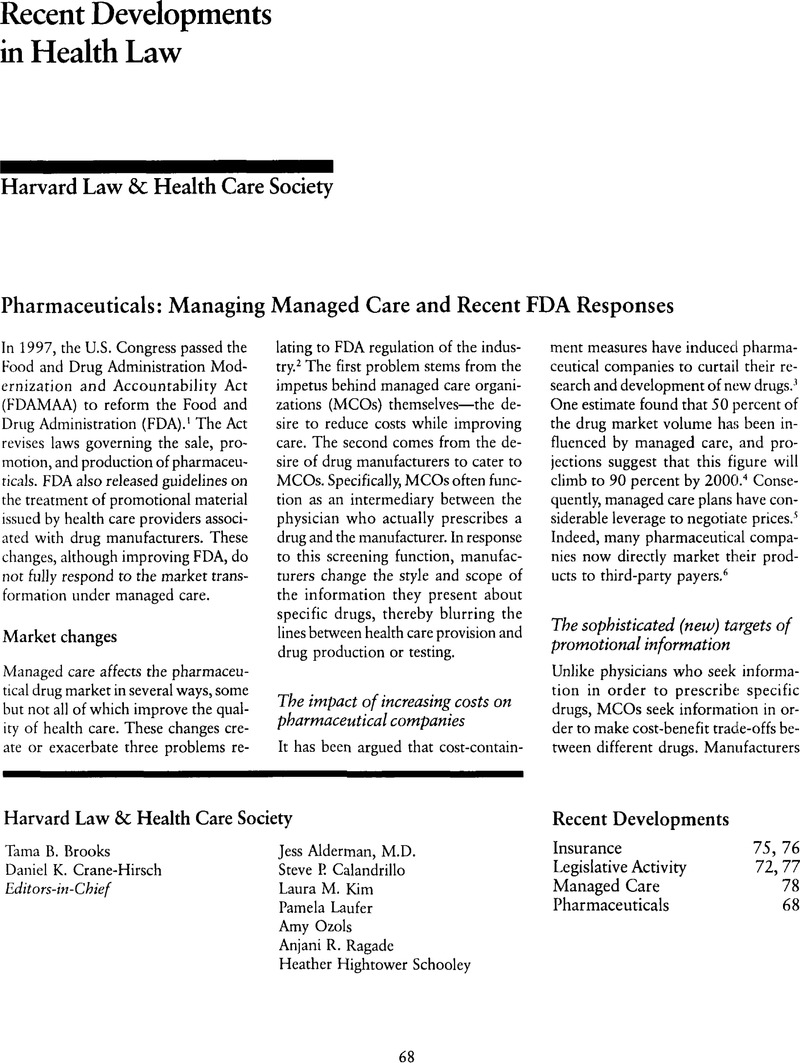See
Martin, Bjerknes, ,
id. at 441–43. See also
Pear, R., “Doctors Say HMO's Limit What They Can Tell Patients,” New York Times, Dec. 21, 1995. Medical ethicists Seth Kreimer and Yale Kamisar independently have warned, “Particularly with the emergence of cost controls and managed care in the United States, the danger of tempting health care providers to persuade chronic patients to minimize costs by ending it all painlessly is no fantasy.”
Kreimer, S., “Does Pro-Choice Mean Pro-Kevorkian? An Essay on
Roe, Casey, and the Right to Die,” American University Law Review, 44 (1995): At 841; and
Kamisar, Y.,
“The Reasons So Many People Support Physician-Assisted Suicide—and Why These Reasons are Not Convincing,” Issues in Law and Medicine,
12 (
1996):
113–32.
Google Scholar